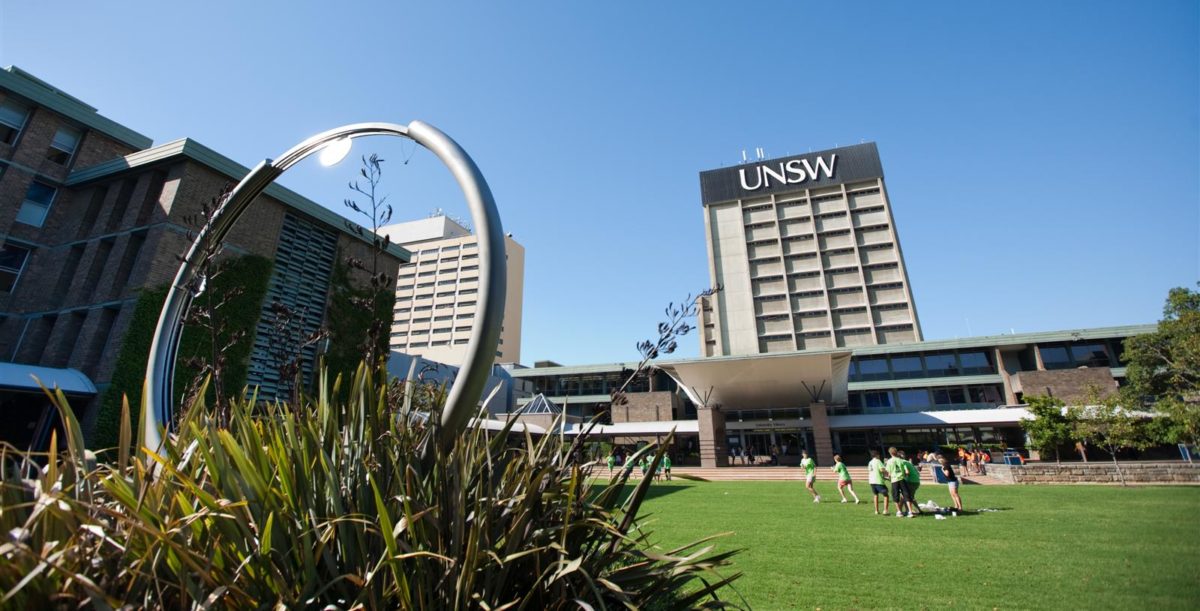For many, heterojunction (HJT) technology represents the future of silicon PV. But even as the technology gears up for mainstream production, concerns remain about the degradation mechanisms which could affect the long-term performance of such cells in the field.
“A successful increase in SHJ [silicon heterojunction] uptake will depend largely upon the ability of the cells to maintain the excellent surface passivation instrumental to their high efficiencies, over the lifetime of the panels,” said scientists at Australia’s University of New South Wales (UNSW). “Thus, it is imperative that the long-term stability of SHJs is properly understood and potential power loss mechanisms are identified and mitigated.”
Previous studies have noted both degradation and subsequent recovery mechanisms affect cell passivation layers on exposure to light and heat. While the physics behind the mechanisms is not well understood, it is generally accepted the presence of hydrogen plays a key role.
Light and dark annealing
The UNSW group exposed commercially-available HJT cells to varying levels of temperature between 25 and 180 degrees Celsius and to light intensity of 1-40 kWh/m² over different timeframes. Full details of the experiments can be found in the paper Investigation of light-induced degradation in N-Type silicon heterojunction solar cells during illuminated annealing at elevated temperatures, published in Solar Energy Materials and Solar Cells and on the ScienceDirect website.
The results confirmed HJT cells are susceptible to light-induced degradation (LID) which can lead to the loss of up to 0.8% absolute efficiency, dependent upon temperature and light intensity. Under 1-sun illumination, the degradation mechanism began to show itself at temperatures above 85 degrees Celsius and rose with the temperature.
After five minutes at 160 degrees Celsius, cells showed an average loss of 0.8% absolute efficiency. However, longer exposure initiated a recovery mechanism, with the efficiency loss narrowed to 0.15% after two hours at 160 degrees Celsius and under 1 sun illumination. Increasing the light intensity was found to accelerate the recovery phase without any discernible effect on degradation. “These results suggest that rapid enhancement of SHJ solar cell efficiency can be obtained using illuminated annealing at elevated temperatures,” the group concluded. “However, these same processes can also be detrimental to cell performance if not carefully optimized.”
More work is needed to understand the long-term effects of illuminated annealing, the group noted, as well as to bring exposure times down to a level feasible for production.
Ultimately, the researchers stated, a fuller understanding of the LID mechanisms at work on HJT cells is required. “Further studies are required to investigate the primary factors and causal mechanism(s) underlying the observed LID behavior,” the paper concluded, “and how best to avoid defect activation or achieve robust mitigation with illuminated annealing treatments.”
This content is protected by copyright and may not be reused. If you want to cooperate with us and would like to reuse some of our content, please contact: editors@pv-magazine.com.




By submitting this form you agree to pv magazine using your data for the purposes of publishing your comment.
Your personal data will only be disclosed or otherwise transmitted to third parties for the purposes of spam filtering or if this is necessary for technical maintenance of the website. Any other transfer to third parties will not take place unless this is justified on the basis of applicable data protection regulations or if pv magazine is legally obliged to do so.
You may revoke this consent at any time with effect for the future, in which case your personal data will be deleted immediately. Otherwise, your data will be deleted if pv magazine has processed your request or the purpose of data storage is fulfilled.
Further information on data privacy can be found in our Data Protection Policy.